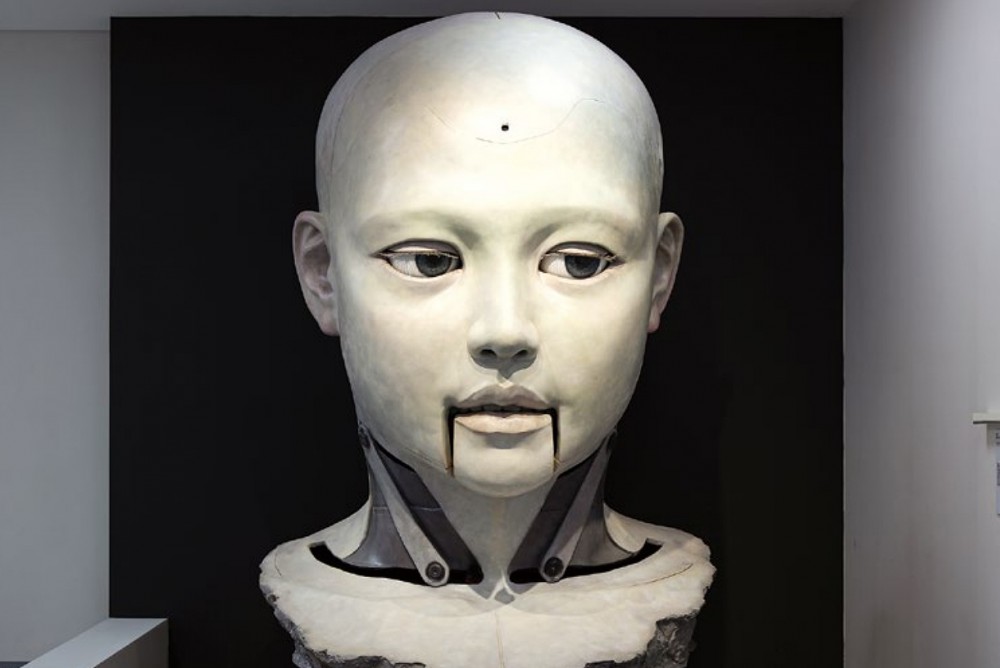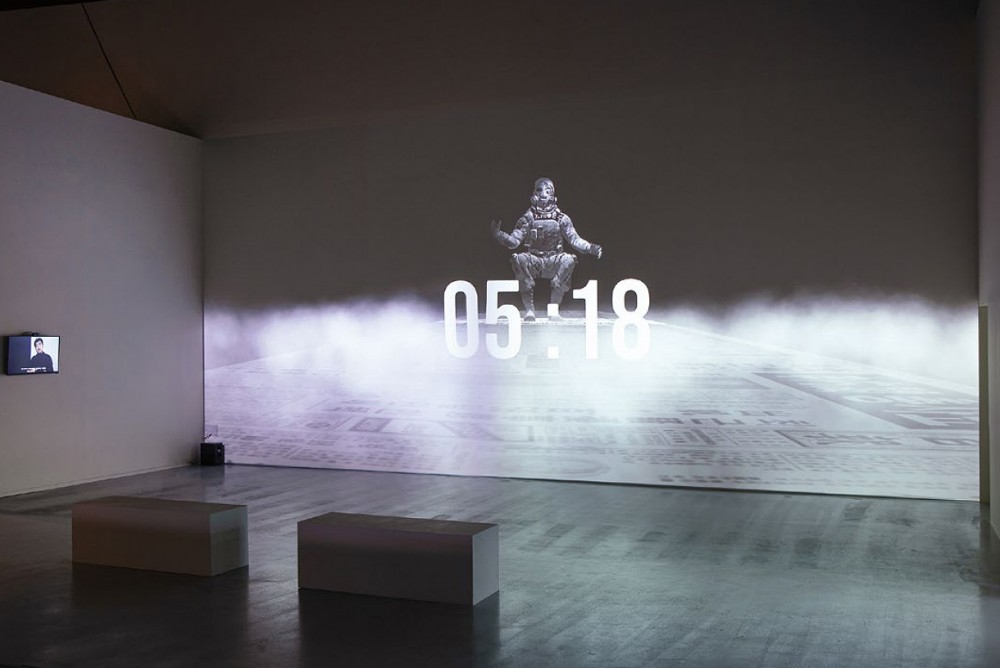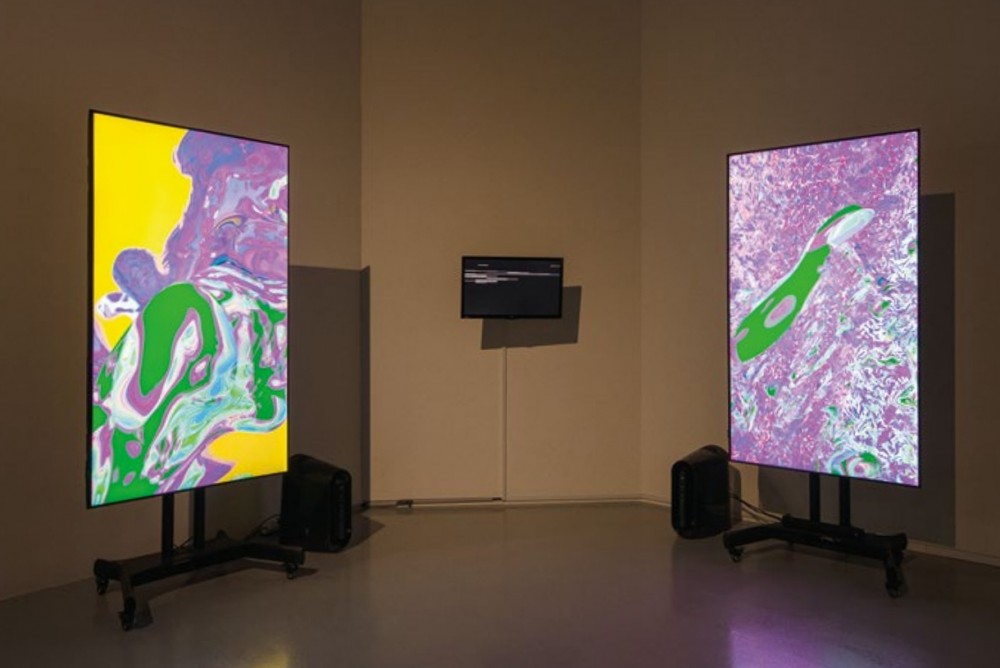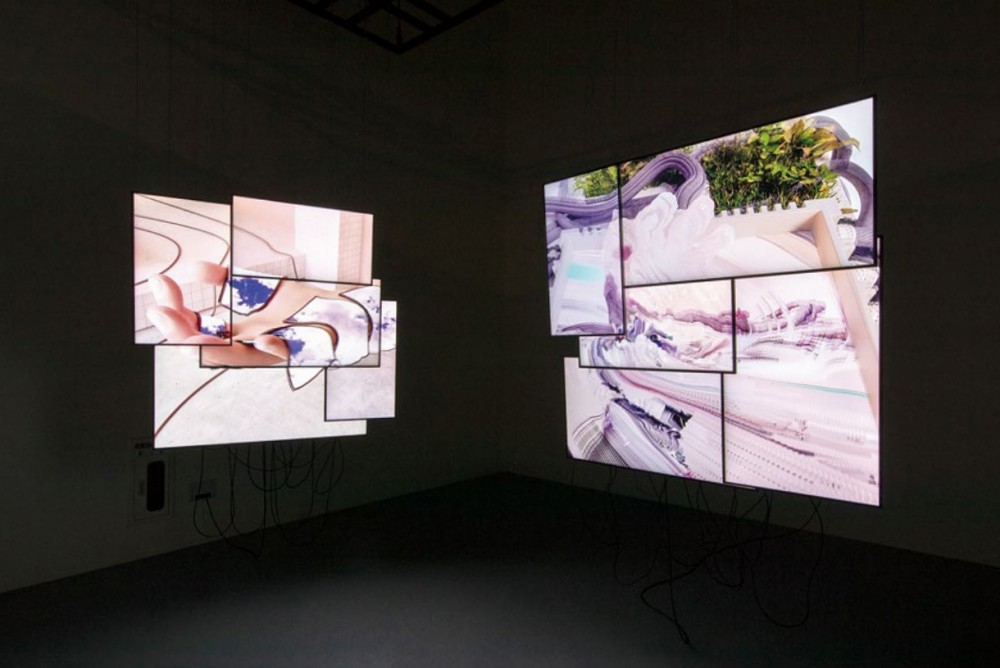Resonance of Nature, Humans and Machines
본문
With the acceleration of technological development, art is undergoing more changes than ever. In particular, advanced technology and informatization are continuously expanding the realm of art beyond traditional platforms and into newer, exciting mediums like virtual space. However, as a result, the boundary between art and technology becomes ambiguous, and a new perception of art is also required. The exhibition ‘Resonance of Nature, Humans, and Machines’ introduces works created by artists who actively experiment with art and technology. It showcases artists’ various experiments and efforts to create new symbiotic relationships between the digital world and reality, including data-based experiments with robots, automatism, or ambiguous boundaries and points between virtual and physical space, among others. Through this, the audience will experience the works of art, witnessing the change in perception of nature-human- machine-art.
About the Work

Name
Jinah RohTitle
Themis, Abandoned AIYear
2021Scale
320 × 200 × 200cmMaterial
interactive installation, AIDescription of work
An automated decision-making system using artificial intelligence supposes that fair judgments can be made if emotions and personal prejudices are excluded. Can artificial intelligence, which has learned the history of humans as created by long- standing prejudices and feelings, be able to exclude those emotions and make the ideal judgments? Aren’t we trying to get out of our own responsibilities by leaving the difficult decisions for the AI to make for us?

Name
Dooyoung KwonTitle
Yisang·Han·5·18Year
2022Scale
규격Material
software, mixed mediaDescription of work

Name
Saša SpačalTitle
The Library of Fallen TearsYear
2022Scale
dimensions variableMaterial
biotechnological installation, mixed mediaDescription of work

Name
Andreas SchlegelTitle
Machine DreamsYear
2019~2022Scale
dimensions variableMaterial
mixed media, software, realtime visuals on screenDescription of work

Name
Daniel IreguiTitle
OmnipresenceYear
2017Scale
400 × 800 × 400cmMaterial
interactive digital installationDescription of work

Name
Baron LanteigneTitle
Tangible DataYear
2020Scale
dimensions variableMaterial
displays, media players, cables, dimensions variableDescription of work
TOP
